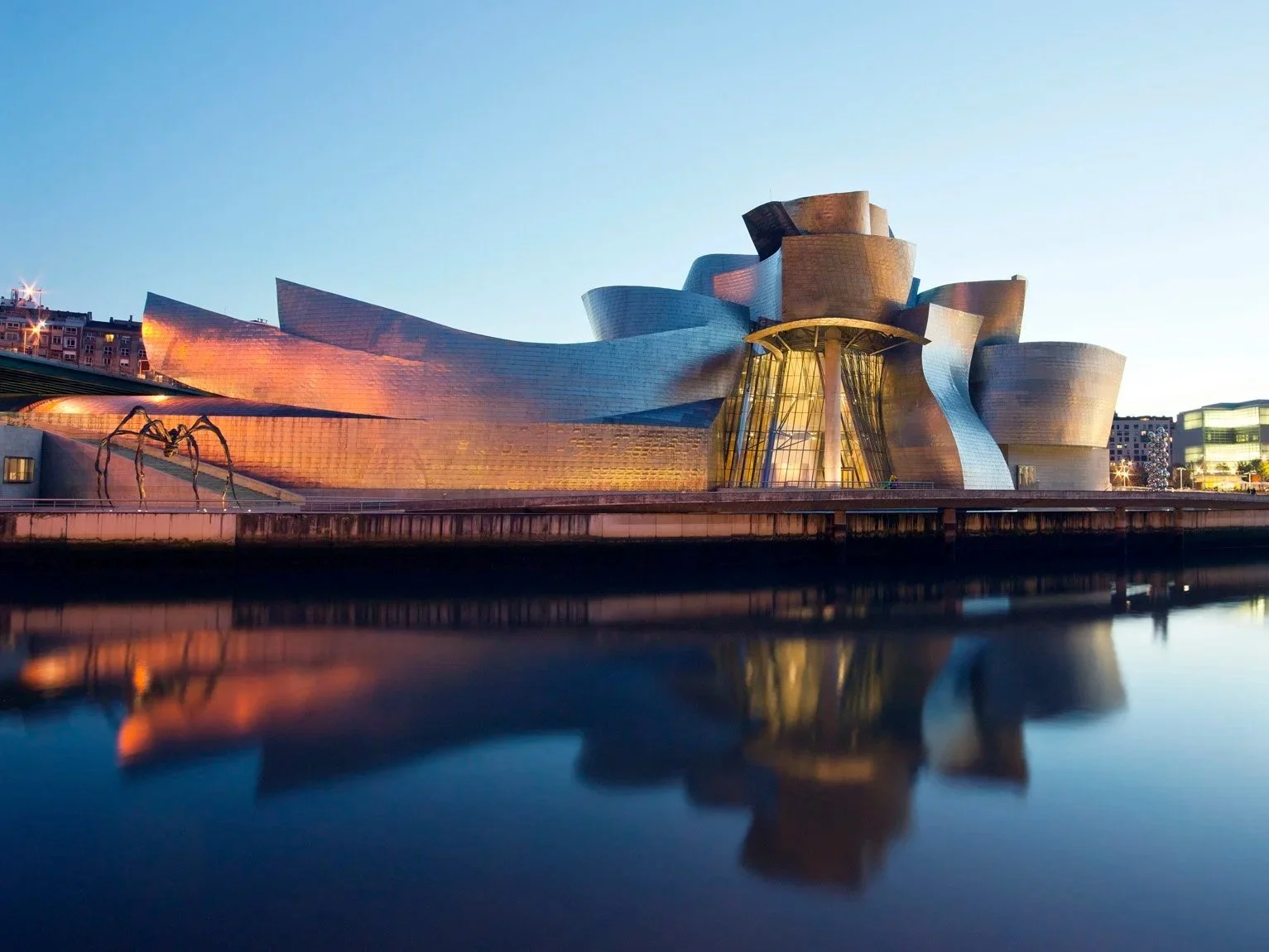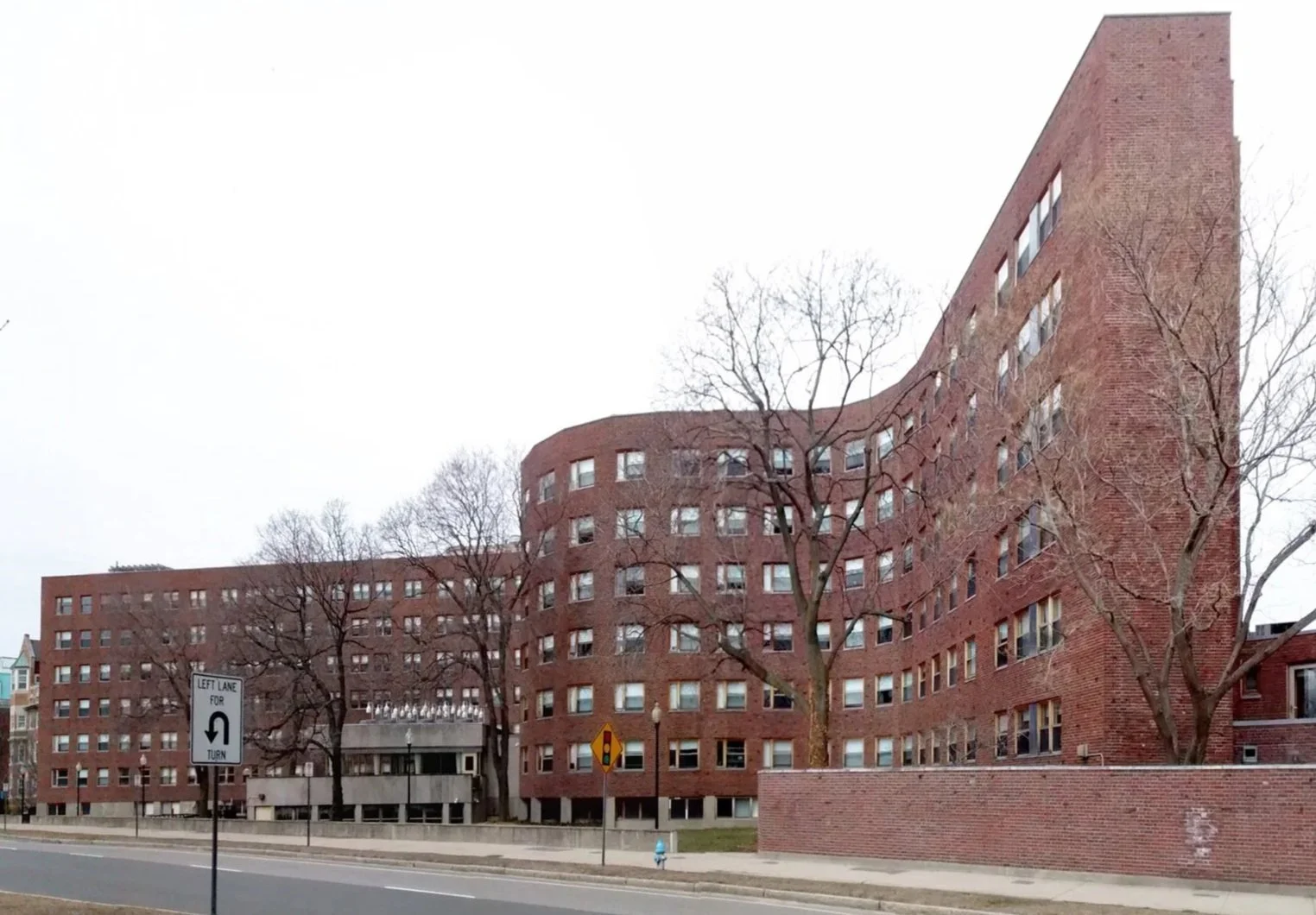Deconstructivism: A Hauntological Critique
Deconstruction, as a philosophical movement, decentralizes thought and mental constructions of reality from the realm of experience and being. Ultimately, its fundamental claims are embedded in what one can describe as the decentralization of the role of man within encounters of reality as an analysis of the relationship between meaning and text (YaleCourses). This is, in essence, a result of theories of the likes of Wittgenstein’s on how language isn’t really presenting reality rather shaping it, especially when he says: “The limits of my world are the limits of my language” (Martland, 19). The production of meaning, henceforth, is mediated and constructed by language. This could also be traced to Hegel’s myth of immediacy, which basically claims that the knowledge of something is never immediate rather mediated by one’s senses and language. From this, one could consider immediacy or direct epistemic encounters as impossible (Redding). Hence, it is safe to conclude that the centrality of man’s cognition and consciousness are no longer plausible. One should, therefore, think of deconstruction to be, fundamentally, the constant philosophical application of such decentralization to whatever is being deconstructed. These concepts resonate in architecture in the form of a rebellion on the centrality of function, symmetry, formality, balance and other aspects reflecting mankind’s cognitive activity. Deconstruction in architecture is, as Derrida proposed, the fragmentation of form and the experimentation with asymmetry (Stouhi). Based upon this, I will argue in this essay that the Deconstructionists didn’t really actualize the totality of Derrida’s idea of Deconstruction because of the ghosts of modernity that were haunting deconstruction as an architectural movement. When I say ‘haunting’, I am refering to Derrida’s concept of Hauntology, which speaks of that which is neither present nor absent but is nonetheless affectatious in real life. What haunts is, also, that which exhibits otherness and we, as present beings, remain responsible for maintaining this affectatious otherness (Davis, 373). Thus, this article would be a hauntological critique of three deconstructivist buildings: the Guggenheim Museum, the Ontario Museum, and the Heydar Alyiev center.
One of the main architects of the deconstructivist movement is Frank Gehry. Him being a deconstructivist is, in my opinion, haunted by the modernist Alvar Aalto and also other industrialist ghosts. For example, one can consider the Guggenheim Museum at Bilbao. It exhibits fragmentation, asymmetry, dynamism and playfulness (Slessor). However, the part at which these curvatures and fragmentation exhibit deconstruction is devoured by the influence of Aalto’s Baker house and Aalto’s theatre. Gehry and Aalto compare and contrast in how they undergo a certain design process that results in a harmonious curving façade. Nevertheless, Aalto’s modernist innovations were neither fully present, where Gehry’s façade is distinctly different from Aalto’s especially in the manner through which Gehry uses materials to emphasize curvature, and nor fully absent, where the essence of the curves’ flow are tightly bound to each other. Hence, Gehry’s architecture is haunted, in Derrida’s terms, by an otherness whom he is responsible for maintaining (Davis, 373). This makes me think that Gehry isn’t strictly a deconstructivist in the Derridean sense of deconstruction because he is, in essence, haunted.
Guggenheim Museum at Bilbao, Spain
Another Architect who is considered to be a pioneer in the deconstructivist movement is Daniel Libeskind. Him being linked heavily to deconstruction in architecture is because of the striking precariousness, asymmetry, and obsession of dynamism in his buildings (Libeskind). Libeskind as a deconstructivist is much more radical than to be easily deconstructed in my essay, however, he appeared as if he is haunted by the timeless desire of trying not to be haunted. I arrived at this conclusion when reading about what he said he learnt from Frank Lloyd Wright. Libeskind claimed that Lloyd Wright got him to think of architecture as an attempt at going beyond the unknown while emphasizing on horizontality in Lloyd Wright’s architecture (Libeskind). Beside, obviously, being haunted by the neither present nor absent precariousness and horizontality of Lloyd Wright’s architecture as exhibited in the Fallingwater house and Wright’s house in Minnesota he presents the spirit of modernity in his disregard of context and his desire for sharp, sometimes uncomfortable, contrast with the context. For more concreteness, Libeskind’s Ontario Museum is one of his buildings where the two spirits, that of Frank Lloyd Wright and Modernist desire for contrast, haunt the building. The extrusion of forms in a semi-horizontal manner along with the industrialist materials used for the façade which both intertwine to generate this out-of-context mood are ultimately ghost ideas and ideals haunting the Ontario Museum. It exhibits a strong desire to break away from a restraining past. But is that really Derridean deconstruction? I think it isn’t deconstruction rather it is a haunted intuition of an artist.
Lastly, Zaha Hadid seems to be heavily haunted by the specters of organic architecture. Asymmetry, dynamism, and precariousness still manifest in her works, but the most significant of her works are the ones exhibiting flow, connection, and organicism among the fragmented dominant, predominant, and subordinate elements in her designs. For example, the Heydar Aliyev center in Baku, Azerbaijan is in some way or another a post-modern reiteration of Frank Lloyd Wright’s Guggenheim Museum. Also, if one considers the Scharoun’s Einstein tower more similarities than differences would appear. For example, the manner through which openings are created is similar in both buildings. They both make openings consistent with the form of the building especially when considering the windows at the lowermost storey in the Einstein tower and, obviously, all the windows and entrances in the Aliyev center. The similarity to the Guggenheim museum is, phenomenally, in the spirit of the building where the division of the building to three elements in a hierarchy, appearing in an organic discourse, in the context of the design. It is obvious, therefore, that the deconstructive aspects of Hadid’s Aliyev center are nothing but a rebellious intuition that is haunted by organicism.
From my analysis and research on these deconstructivist architectural pieces I conclude that, in essence, they shouldn’t be labeled under deconstructivism rather they should be categorized in an architectural movement named “Haunted Intuitionism”. One should question this proposal in asking how different is “Haunted Intuitionism” from Deconstruction, and I would say that deconstruction does two things which aren’t achievable by this architectural movement. Firstly, it is self-undermination, where deconstruction, as Derrida proposed, is a radicalization of Marx’s ideas. Ironically enough deconstruction is capable of deconstructing itself and undermining its proposals to be an affectatious specter of Marx (Davis, 373). Secondly, it undermines the western metanarrative and deconstructs it. The three buildings never undermine themselves, they rather present themselves with striking contrast and futuristic appeal as if they are avant-garde. When it comes to challenging the Western metanarrative, these buildings fail miserably as they are even capable of breaking away or transgressing the development of Western architecture, where they are all in reference to an already existing modernist paradigm in Western architecture.
Citations
Davis, Colin. “Hauntology, spectres and phantoms”. French Studies, Volume 59, Issue 3. July 2005. Pages 373–379. https://doi.org/10.1093/fs/kni143.
Libeskind, Daniel. “Daniel Libeskind: 'Frank Lloyd Wright Inspired Me to Go beyond the Obvious'.” The Guardian, Guardian News and Media, 14 Jan. 2020, www.theguardian.com/artanddesign/2020/jan/14/daniel-libeskind-frank-lloyd-wright-inspired-me-to-go-beyond-the-obvious.
Martland, T. R. “On ‘The Limits of My Language Mean the Limits of My World.’” The Review of Metaphysics, vol. 29, no. 1, 1975, pp. 19–26. JSTOR, www.jstor.org/stable/20126734.
Redding, Paul. “Georg Wilhelm Friedrich Hegel.” Stanford Encyclopedia of Philosophy, Stanford University, 9 Jan. 2020, https://plato.stanford.edu/entries/hegel/?source=your_stories_page---------------------------#PheSpi.
Slessor, Catherine. “Guggenheim Museum in Bilbao, Spain by Frank O. Gehry & Associates.” Architectural Review, 16 July 2020, www.architectural-review.com/buildings/guggenheim-museum-in-bilbao-spain-by-frank-o-gehry-associates.
Stouhi, Dima. “What Is Deconstructivism?” ArchDaily, ArchDaily, 11 Aug. 2020, www.archdaily.com/899645/what-is-deconstructivism.
YaleCourses, director. 10. Deconstruction I. YouTube, YouTube, 1 Sept. 2009, www.youtube.com/watch?v=Np72VPguqeI&t=1484s.



